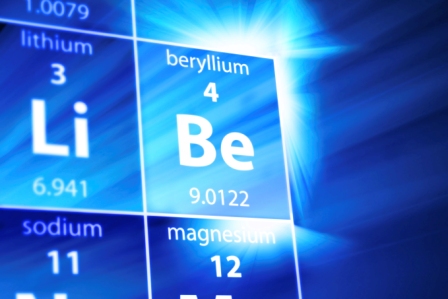OSHA to Delay Enforcement of Beryllium Standard’s Ancillary Provisions

OSHA confirmed on May 10, 2018, that it will begin enforcing certain requirements of the final rule on occupational exposure to beryllium in general industry, construction, and shipyards on May 11, 2018.
According to an agency memorandum, those requirements include the permissible exposure limits in the general industry, construction, and shipyard standards; and the exposure assessment, respiratory protection, medical surveillance, and medical removal provisions in the general industry standard.
Aside from those requirements, other ancillary provisions included in the standard for general industry will not be enforced until June 25, 2018.
However, under the terms of settlement agreements with petitioners who challenged the rule, OSHA plans to issue a proposal to further extend this compliance date for the ancillary provisions to Dec. 12, 2018.
OSHA previously proposed to remove the ancillary requirements from the beryllium standards for the construction and maritime industries.
In accordance with that proposal, OSHA will enforce the permissible exposure limits, but will not enforce any other provisions for beryllium exposure in those standards unless it provides notice.
Certain compliance dates outlined in the rule remain unchanged.
Enforcement of the general industry requirements for change rooms and showers will begin March 11, 2019; and requirements for engineering controls will begin March 10, 2020.
Final Rule
OSHA’s new rule is designed to prevent chronic beryllium disease and lung cancer in workers by limiting their exposure to the substance and its compounds.
About 62,000 workers are exposed to beryllium in their workplaces, including approximately 11,500 construction and shipyard workers who may conduct abrasive blasting operations using slags that contain trace amounts of beryllium.
Key facts about the rule include:
- Reduces the permissible exposure limit (PEL) for beryllium to 0.2 micrograms per cubic meter of air, averaged over eight hours.
- Establishes a new short-term exposure limit of 2.0 micrograms per cubic meter of air, over a 15-minute sampling period.
- Requires employers to use engineering and work practice controls (such as ventilation or enclosure) to limit worker exposure, provide respirators when controls cannot adequately limit exposure, limit worker access to high-exposure areas, develop a written exposure control plan, and train workers on beryllium hazards.
- Requires employers to make medical exams available to monitor exposed workers and provides medical removal protection benefits to workers identified with a beryllium-related disease.
RELATED
EXPLORE BY CATEGORY
Stay Connected with CBIA News Digests
The latest news and information delivered directly to your inbox.


